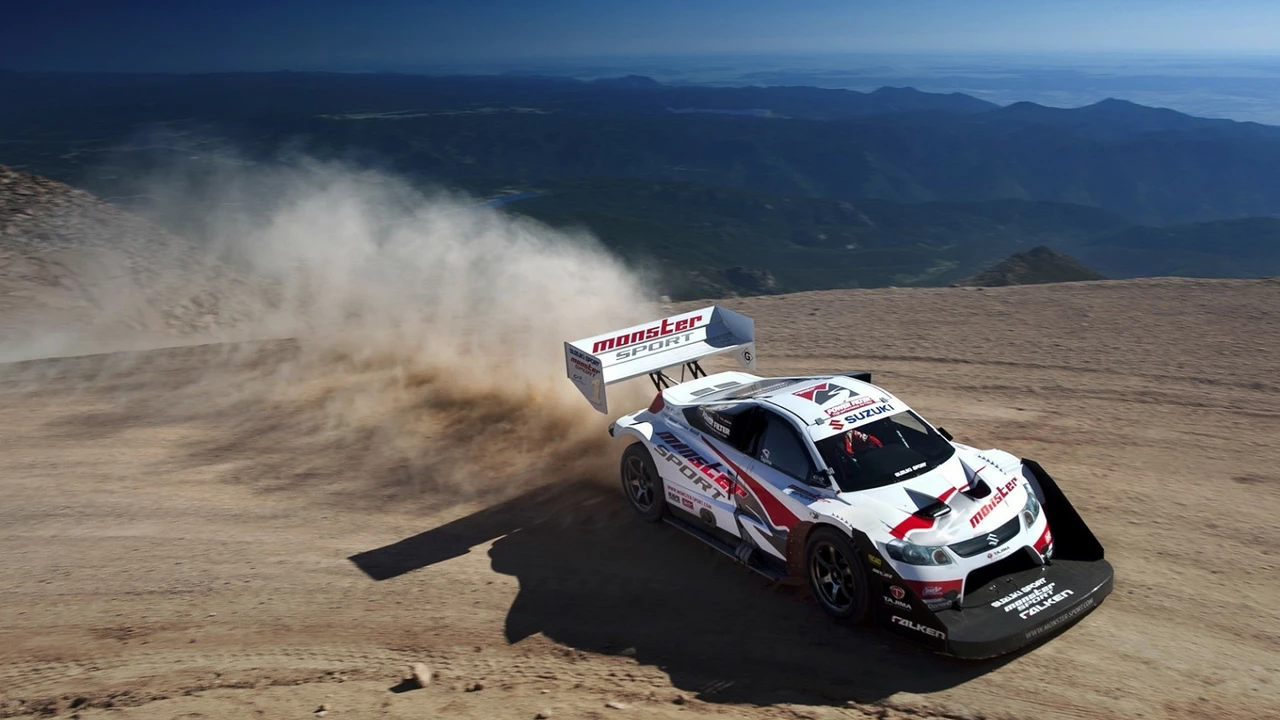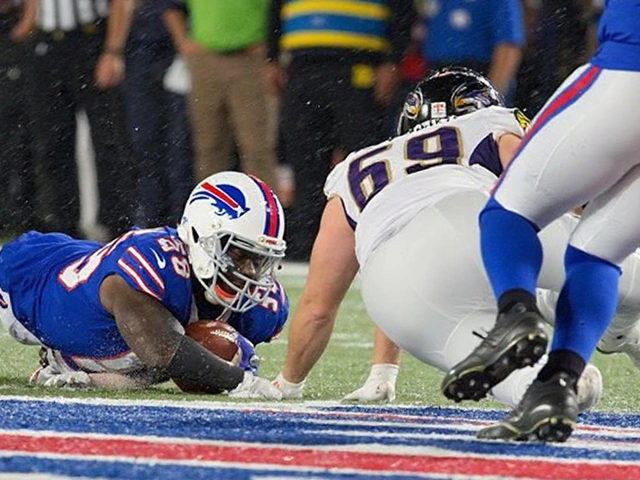Understanding the Nature of Rally Racing
Before we delve into how dangerous rally racing can be, it's essential to understand what this sport entails. Rally racing, also known as rallying, is a form of auto racing that takes place on public or private roads with modified production or specially built road-legal cars. The nature of these races requires drivers to navigate through rough and often unpredictable terrains, which significantly increases the risk factor.
The Thrill and Perils of High Speed
Speed is one of the most thrilling aspects of rally racing, but it's also one of the most dangerous. These races involve high-speed driving, often on narrow, winding roads. The adrenaline rush that comes with speed is a major attraction for many rally drivers. However, high speed also increases the likelihood of accidents and intensifies the consequences when they happen.
Unpredictable Terrain and Weather Conditions
Rally racing is unique in that races can take place in many different types of terrain and weather conditions. Rain, snow, and dirt roads can all add to the excitement of the race, but they also make it more dangerous. Drivers must be prepared to react quickly to these changing conditions, which can lead to risky maneuvers and potential accidents.
The Danger of Mechanical Failure
Even the most well-maintained rally car can experience mechanical failures. When a car breaks down in the middle of a race, it can lead to serious accidents. Furthermore, mechanical failures can create dangerous situations even outside of the race, such as during testing or when traveling to and from events.
Impact of Driver Skill and Experience
The skill and experience level of the driver can significantly affect the danger level in rally racing. Experienced drivers are more adept at handling the intense conditions of a rally race. However, even the most experienced drivers are not immune to accidents. The unpredictable nature of rally racing means that danger can strike at any moment, regardless of a driver's skill level.
The Risks to Spectators
Rally racing can also be dangerous for spectators. Unlike other motorsports, spectators in rally racing often stand very close to the action. Despite safety measures, there have been instances where spectators were injured or even killed during a rally race.
The Aftermath of Rally Racing Accidents
The aftermath of rally racing accidents can be devastating. Injuries can range from minor cuts and bruises to serious injuries that require extensive medical attention. In the worst cases, accidents can result in fatalities. The physical, emotional, and financial toll of these accidents can be enormous.
Safety Measures in Rally Racing
Despite the inherent risks, significant efforts are made to ensure the safety of drivers and spectators in rally racing. Safety measures include the use of protective gear, comprehensive training for drivers, strict regulations on vehicle maintenance, and safety barriers to protect spectators.
Improving Safety in Rally Racing
There are ongoing efforts to improve safety in rally racing. Technological advancements, better safety gear, stricter regulations, and improved driver training are all part of these efforts. However, the unpredictable nature of rally racing means that it will always carry some level of risk.
Conclusion: Is Rally Racing Worth the Risk?
In conclusion, rally racing can be a dangerous sport. However, for many drivers and fans, the thrill and excitement of the race outweigh the potential risks. It's important for anyone involved in rally racing, whether as a driver, team member, or spectator, to be aware of these dangers and take appropriate precautions.





